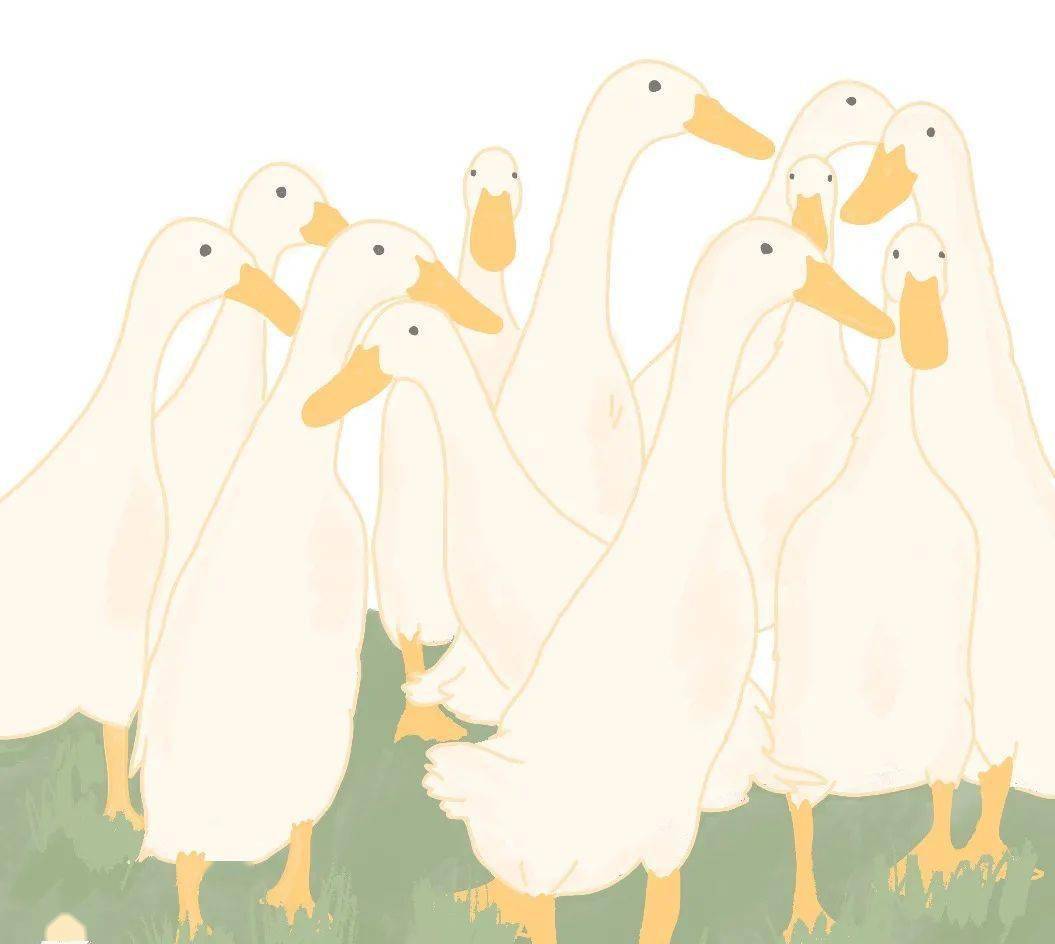
全英文说课到底怎么说?
Presentation of my demo lesson
Good morning everyone. It’s a great honor for me to be here to present my lesson.
The topic of the lesson is Saving the Earth. I will briefly explore the underlying philosophies of my lesson planning and go through the teaching procedures and elaborate on the design of the teaching and learning activities.
1. Analysis of the teaching materials
This lesson is Part 2 of the unit Swww.58yuanyou.comaving the Earth. This unit is about looking at some of the pressing issues of the earth environment. It presents some of the environment threats, aims to raise students’ awareness of environment protection and encourage them to do their part. The first part of the units deals with some key words in describing natural disasters, followed by a reading passage to further explore the cause and effect of human activities and natural disasters. The third part of the lesson involves a grammar focus and a writing task to describe the possible solutions of the environment problems.
2. Analysis of the students
The students are from Grade 10, most of them have at least 6 years experience of learning English. They are studious most of the time, there are 4 fast learners who understand things quickly and easily get bored with the lesson. There are 6 students who struggle even with the very basic learning tasks, and quite often they require teacher’s individual attention. The majority of students are somewhere in between of these two kinds of learners. They prefer teacher lecturing and taking notes, they have a general feeling that doing pair work or group work would be a waste of time, they look up to the teacher’s authority and would rather listen to the teacher than to their classmates. And not many students feewww.58yuanyou.coml confident and comfortable speaking English in the class.
3. Analysis of teaching methods and approaches
English teachers should have a toolkit of language teaching methods, knowing the different aspects of approaches, such as the theory of language, the theory of learning, objectives, types of learning and teaching activities, learner roles, teacher roles and the proposed teaching procedures; also the advantages and disadvantages of each, the priority and focus of each, and when and how to choose a certain method for each given lesson.
In fact, most teachers adopt an “eclectic” approach--they may use a little TPR, a little audiolingual method, the lexical approach, grammar translation approach,
oral approach, situational language teaching, community language learning, communicative language teaching, task-based teaching, content-based teaching, competency-based teaching, the natural approach, suggestopedia, whole language teaching. And I will use a combination of some of the above methods.
4. Teaching objectives and expected learning outcomes
To develop reading skills( skimming, scanning, reading for global understanding and details) .
To understand the cause and effect of a problem.
To develop awareness of environment protection.
To respond to a written text and come up with a written solution.
5. Anticipated problems and remedy
Learners may have difficulty finding the logic of cause and effect. If it does happen, after reading the passage and checking understanding, we will go through a drill on it.
Match the causes and effects.
Carbon diocide emission |
imprisonment |
| Long term smoking | skin cancer |
| Over exposure to sunray | global warming |
| Criminal offence | black lung |
6. Teaching aids
PPT, video clip, handouts.
7. Teaching procedures
1) Warm up ( 5 mins )
A, Daily free talk of English, students can either act out a dialogue in the text, or make up their own dialogue, or bring up anything they wish to share in English.
Why do we do it? My teaching belief: I try to avoid checking their homework or having a dictation the first thing when I come into the classroom. We can do that later. a, I would like to create an “Englishness” in the class, because teaching is communication between the teacher and the students, English is even more so. I would like to treat them as an equal, when we gather, we have something to share in a relaxed atmosphere. b, I usually divide them into several groups, and each group have to present before the whole class every week. I reward the best performances. In order to show it successfully in front of the whole class, they have to gather and discuss after class. They have to use either humor, story plot, props, or creative ideas. They actively use English to compete and entertain the whole class. c, And in each group, their capabilities compensate for each other. For example, one FpzXFstudent may be good at oral English, another may be a born actor, another may be a supporting actor, another may be a good director, another may be a writer, another may be good at narrating. Our real strength comes from the best that we can be. When they work together and do what they are good at, it will build their confidence in speaking English.
B, Show pictures of natural disasters. Revise the keys words of natural disasters by asking students to describe them in English. They do it alone, then in pairs. Then to the whole class.
Why do we do it? My teaching belief: learners have different learning styles and preferences, some learn best by listening to the teacher, some learn best by seeing and reading, some learn best when they have hand-on experiences, some learn best when they don’t have to sit still and move up to talk to others in English, so when we design lessons, we have to tap their potential.
2) Elicitation ( 7 mins )
A, show a short video clip of a Brazian logging company cutting down the trees in the Amazon rainforest to claim land for farming.
Questions: Why does this happen? |
Why does this happen? |
| How does that affect the environment? | |
| How do people solve i原由网t? |
Why do we do it? My teaching belief: visual stumulus proves to be effective to tune their minds into the lesson and engage studdents. A picture is worth a thousand words, a video clip provides enormous amount of information. Then we dig deeper by asking them to think about the causes and effects of this dwww.58yuanyou.comeforestation. That also paves the way when we move on to the next steps.
3) Presentation ( 15 mins )
A. Students read the passage and answer the questions.
Why do all these happen?
Who are the parties involved?
How does that affect the environment?
What problems does that create?
How do people solve it?
Locate evidences in the passage to support your answers.
Fill in the chart and mind maps.
Find the writer’s suggested solutions.
In groups, discuss your answers.
Check answers, go through difficult vocab or sentences.
Why do we do it? My teaching belief: we have to teach the reading skills such as skimming, scanning, predicting from the title or the pictures, understanding the theme, finding topic sentences, locating supporting details, inferring the author’s implications and further actions etc. Then they share with their peers, peer teaching is a safer way for some shy learners. Using maps and charts to record the key abstract information in a concrete form also aids in their processing of the text.
4) Practice ( 10 mins )
Show some pictures of illegal hunting and selling of endangered species and water pollution in the Yangtze River.
Ask students to finish the following exercises:
| Problem: | |
| Causes: | |
| Effects: | |
| Solution: |
Students ask and answer in pairs with the scaffolding of the pictures and the chart.
Why do we do it? My teaching belief: there are some inner logics in the reading texts, for example, cause and effect, problem and solution, we develop their logic thinking skills through this kind of drilling. My job is to mill around the room, overhear what they talk about, offer assistance when they need it, and intervene when they go astray. It is safer to practice between peers before they are called to present in the whole class.
5) Output ( 8 mins )
Students work in groups, choose a representative to present their problems and solutions in front of the class.
Show one sample written solutions on PPT, ask students to underline the topic sentence and the supporting ideas. Students write their solutions, using a topic sentence, 3 supporting ideas and some examples and details.
Why do we do it? My teaching belief: Outcome can be in oral and written forms, that is why I design an oral sharing and a written assignment. Some may feel at ease speaking English and conversing with others, others may lack the courage to talk in class and need more time to assemble their thoughts and ideas. That’s learner differentiation.
*本文转自张四海英语工作室,转载需注明出处
点击图片加入英语老师专注的学习园地——明师圆桌社群,即可获得鲁子问、张四海、田湘军等明师在线授课指导。
推荐阅读
热门活动







